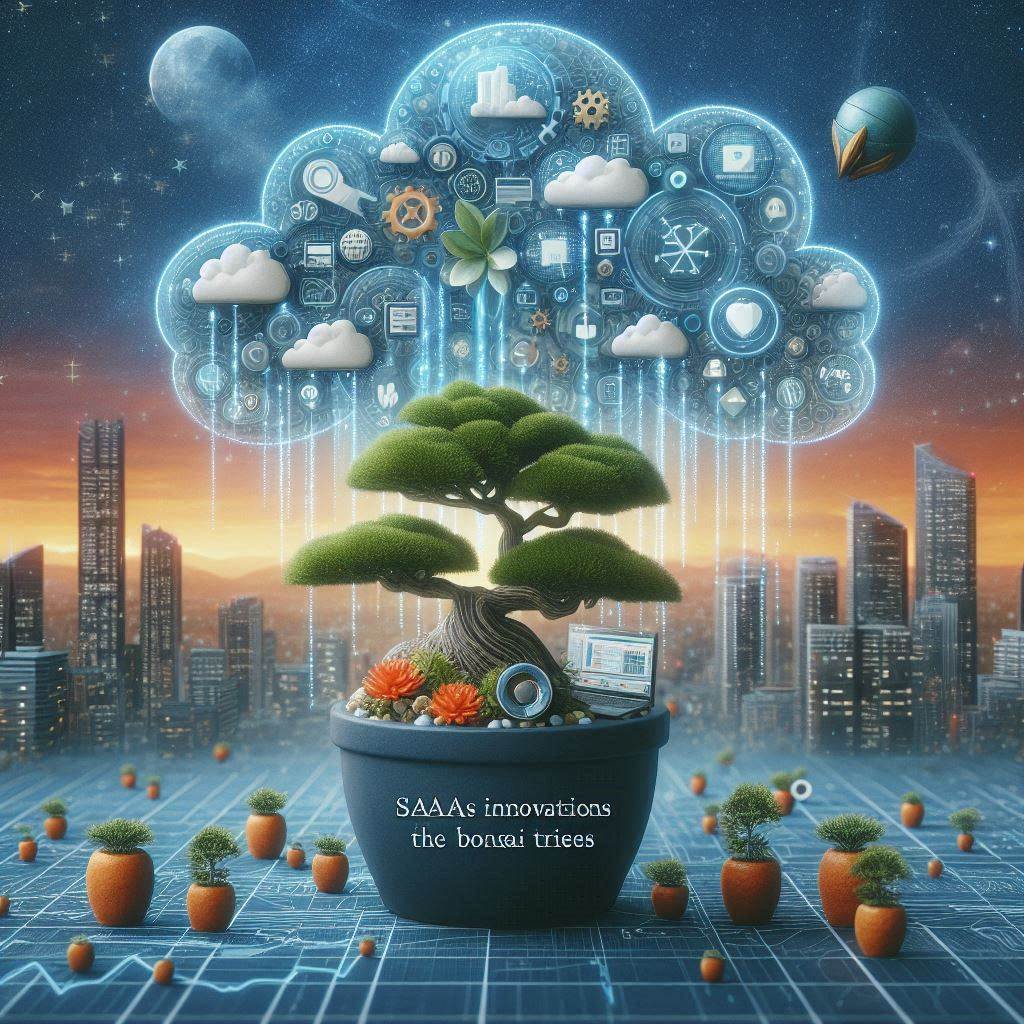If traditional SaaS companies are like towering redwood forests — vast, deep-rooted, and global — then Micro-SaaS ventures are like bonsai trees: small, intentional, and crafted with precision.
They don’t need hundreds of engineers or funding rounds. All they need is a sharp mind, a niche audience, and a problem begging to be solved.
Micro-SaaS is not about doing less. It’s about doing precisely what matters — and nothing more.

Micro-SaaS as a Pocket Watch
If big SaaS platforms are like industrial clocks in a train station — loud, global, and multi-faced — then micro-SaaS is the artisan’s pocket watch. It doesn’t aim to serve the masses. It’s crafted for those who care about every tick.
Micro-SaaS products are often built and run by solo founders, targeting ultra-specific problems that big players overlook.
A Boutique in a Mall
Think of the software world as a giant shopping mall. Traditional SaaS companies are like department stores — covering everything from socks to sofas. Micro-SaaS is the little boutique in the corner, selling only handcrafted leather journals for left-handed calligraphers.
It’s so specific, you wonder how it survives.
And yet — it thrives, because it solves a problem no one else bothered to see.
Why Micro-SaaS Is Thriving
Micro-SaaS thrives in niches, and the modern internet is a galaxy of niches. Thanks to:
- API ecosystems
- No-code/low-code tools
- Serverless architectures
- Remote infrastructure (like Firebase, Vercel, or Supabase)
…a single person can build, launch, and monetize a full product in days, not months.
And unlike big SaaS, Micro-SaaS doesn’t need to scale for IPOs. It scales for independence.
Q&A: Unpacking Micro-SaaS
Q: What makes a product “Micro-SaaS”?
A: It’s typically:
- Created by an individual or small team
- Built around a specific problem or audience
- Low overhead, minimal complexity
- Often a plug-in or add-on to an existing ecosystem (e.g., Shopify, Notion, Stripe)
It’s not about size — it’s about focus.
Q: Isn’t it risky to be so narrow?
A: It’s the opposite. Niche equals loyalty. A Micro-SaaS that solves a real pain point can generate consistent revenue with a tiny user base.
Think of it like a village well — not everyone uses it, but those who do depend on it daily.
Q: What’s an example of Micro-SaaS innovation?
A:
- A tool that auto-generates invoices for Etsy sellers
- A Notion widget that tracks freelance income
- A Chrome extension that summarizes LinkedIn profiles for recruiters
- A tiny SaaS that sends automatic Slack birthday wishes
Each may look small — but combined, they’re the digital middle class of the SaaS world.

David and Goliath
In the Biblical story, David didn’t defeat Goliath by matching strength — he won by using precision, speed, and a stone no one expected.
Micro-SaaS is the David of the tech economy — agile, focused, and sometimes more effective than giants bloated with features users don’t want.
Final Thoughts: Tiny Tools, Tremendous Impact
Micro-SaaS innovations are shaping the future not by dominating the markets, but by quietly owning their corners. They live between the cracks of the giants — in Shopify plugins, Figma add-ons, Airtable scripts — and yet, they deliver undeniable value.
They are not designed to be unicorns.
They are designed to be camels — lean, resilient, and capable of crossing long digital deserts alone.




